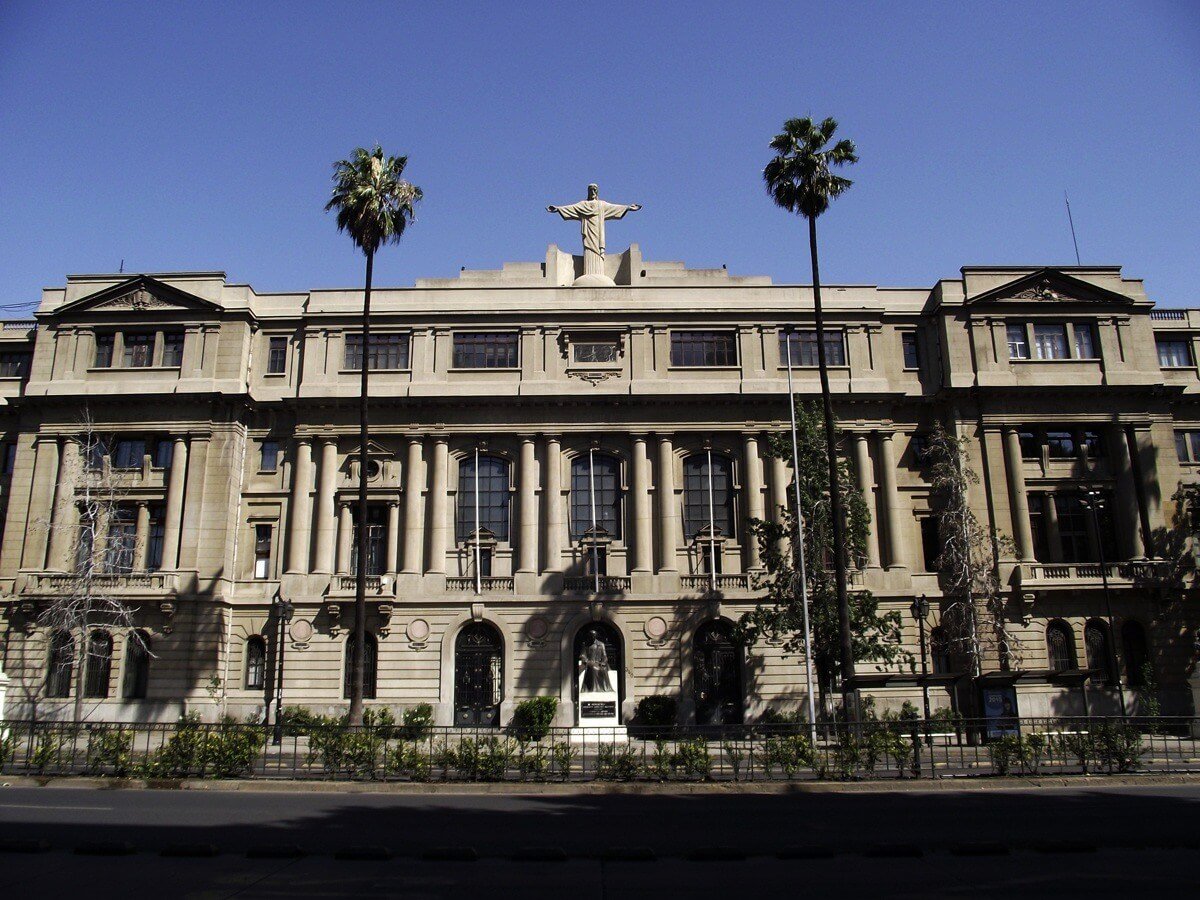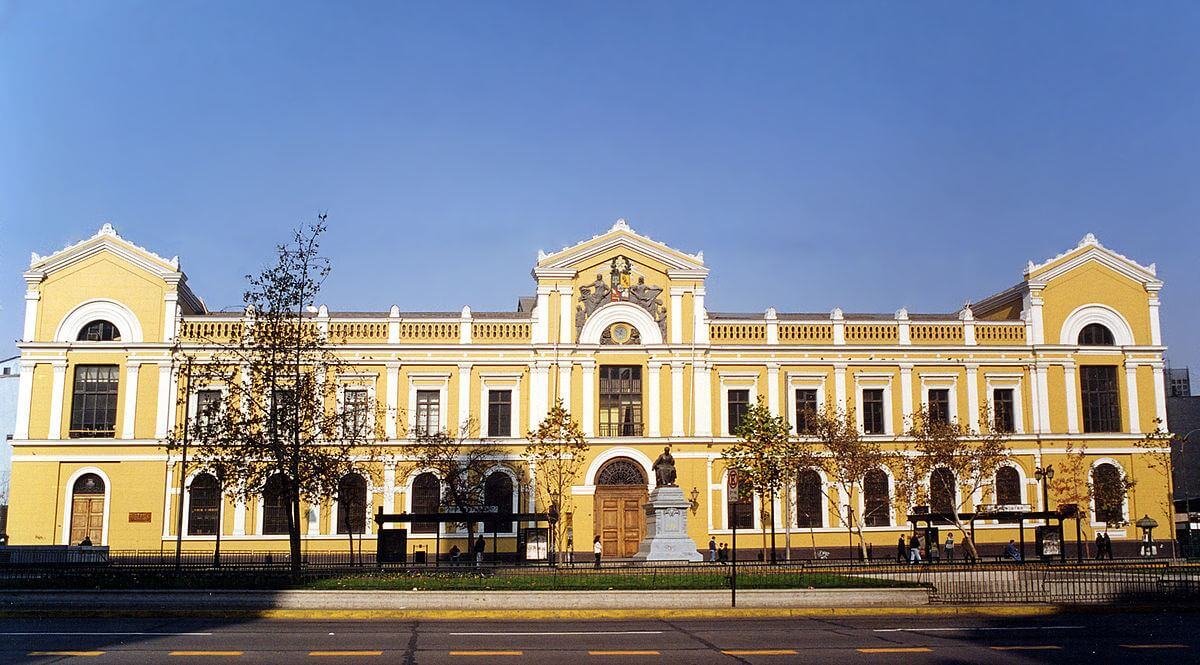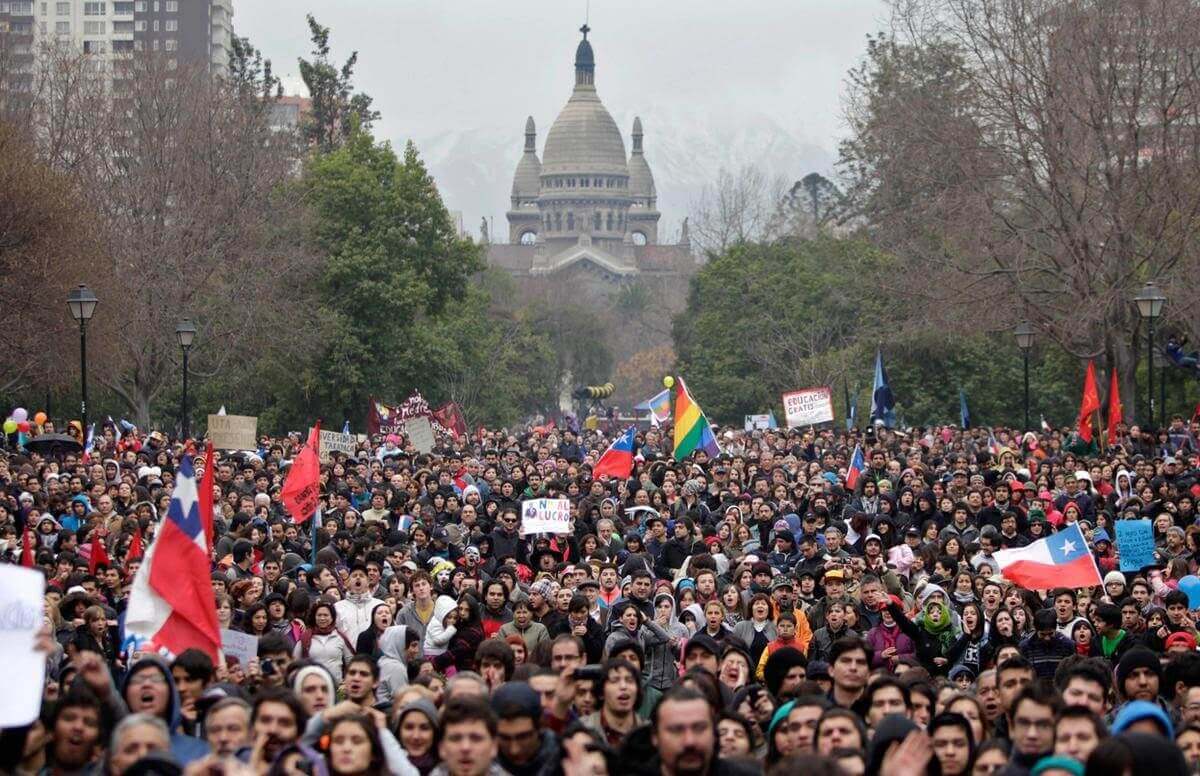- Home
- Expat Guide
- Life in Chile
- Education in Chile
17/12/2018
School levels
In Chile, school is divided into three levels:
- Parvularia: equivalent of nursery and kindergarten, from 0 to 6 years old. The president Sebastián Piñera enacted a law in 2013 (Law 20832), which granted free access to the last four years of parvularia and made the last year (kinder) obligatory, as a prerequisite for entry into elementary school.
- Educación general básica: corresponding to elementary and middle school. It is divided into two cycles: level 1 to 4 for el primer ciclo (first cycle rom 6 to 10 years) and level 5 to 8 for el segundo ciclo (second cycle from 11 to 13 years old).
- Educación media: corresponding to high school. Since May 2003, educación media has been free and compulsory for all Chileans. It has four levels (from 14 to 18 years old). Students can choose between three courses: scientific-humanistic, technical-professional or artistic, all of them lasting four years. The first two years are the same for all three types of education, while the third and fourth years are different depending on the chosen path.
At the end of educación media, students can take the Prueba de Selección Universitaria (PSU). It is a multiple choice quizz in maths, Spanish and sciences or history / geography according to the student's course. At the end of this exam, every student gets a number of points, between 150 and 850, which is decisive for admission to universities (see the admission section below).
The school year is divided into two semesters. The first runs from early March to early July. Following the two-week winter holidays, the school resumes until early December. Then, students have summer holidays until early March.
Higher Education
After passing the PSU, students can continue their studies in four types of institutions:
- Technical Training Centers (centros de formación técnica): this is a two-year program to get a technical degree.
- Professional institutes (institutos profesionales): students can get professional degrees, in fields that do not require a license.
- Higher education institutions of the Armed Forces (instituciones de educación de las Fuerzas Armadas): these institutions are intended for students wishing to join the army.
- Universities (Universidades): universities exist in all professional fields and students can obtain a license, a master's degree or a doctorate. Chile has two of the most prestigious universities in Latin America: the Pontifica Universidad Católica de Chile and the Universidad de Chile.


School curriculum
The school curriculum depends on the school. Although the Chilean government has a standard curriculum, international schools may include a specific program, such as preparation for language or international exams or subjects related to the culture of the language in which they teach. Some private schools also have social programs to help develop the local community.
Tuition fees
The Chilean State has adopted a voucher system for education, which covers about 93% of students (not including students enrolled in higher education). The remaining 7% attend non-subsidized private schools. The schools are either public, almost all belonging to the commune where they are, or private, possibly receiving subsidies from the State. To receive public funding, private schools must allocate 15% of their seats in each class to students who are considered "vulnerable" (based on family income and the mother's level of education). Private schools, subsidized or not, may be for-profit.
Public schools and subsidized private schools may charge a fee for the admission process, an annual registration fee, which since 2011 may not exceed $3,500, and a monthly tuition fee, called copago, which is based on a voluntary participation for parents.
Non-subsidized private schools are free to set their fees, which may include registration and tuition fees, as well as school admission fees (to be paid only once) and fees once admitted to the school, which can be quite high in some schools.
Admission
From kindergarten to high school
Since the year starts in March, admission processes take place between July and December, depending on the school. You can get more information on the website of the school you are interested in.
During admission process, some schools conduct written examinations and interviews to assess the student's maturity and motivation. Some private schools, especially international schools, are very selective and expensive.
University
All universities, both public and private, use a single admission system, the PSU, designed and evaluated by the Universidad de Chile. The students get a score between 150 and 850. To give you an idea, in 2018, the last admitted to the Pontifica Universidad Católica de Chile obtained between 500 and 796 points, depending on the course chosen, and the last admitted to the Universidad de Chile obtained between 600 and 714 points. The grade point average of the student during media educación is also taken into account, as well as the position of the student in his class during the two previous years. Every university assigns different weights to the results of the various examinations, depending on the courses offered. Some universities may require additional tests and personal interviews for admission to some courses.
There is a significant gap in PSU outcomes between public and private institutions. Private students score much higher. In Chile, private middle and high schools generally offer higher quality education than public schools. On the other hand, it is the opposite with regard to higher education: public universities are usually better than private universities.
Thus, the children of the most affluent Chilean families often attend the most prominent private schools, so that they get the best grades at the PSU, and can enter a public university. On the other hand, less advantaged students must begin their education in public schools, and then go into debt to pay for a private university, more expensive and less prominent.
Student protests
In 2011, student-led protests, known as the Chilean student winter (invierno estudiantil chileno), took place in Chile, against the education system, financed mainly by the private sector, to the detriment of the public sector. Indeed, only 25% of the Chilean education system is financed by the State. Students, by paying university fees, finance the remaining 75%. The demonstrations, mostly peaceful, brought together students from all types of institutions, private and public, university and secondary.
The protesters wanted a reform of the Chilean education system, including a strengthening of the role of the state and the end of the for-profit educational system in higher education, born under Pinochet. More generally, these demonstrations have been the reflection of the discontent of the population in the face of increasing inequalities.
In response to these protests, the Chilean government has proposed several reforms, rejected by the protesters because deemed as insufficient. Negotiations between protesters and the government broke down in October 2011. The protests have led to some changes but the students did not achieve all the goals set.

During her last presidency (2014-2018), Michelle Bachelet focused her policy on education and undertook a major reform of the education system, wanting to guarantee free access to higher education and an end to the for-profit educational system for private schools by 2020. From 2016, 30 public and private universities became free for students belonging to the poorest 50% of the population.
When he came to power in March 2018, in the context of the resurgence of student protests, Sebastián Piñera proposed a bill to promote free technical and vocational education, by increasing public funding for this type of institution. Therefore, the Chilean education system seems to be changing.

Do you want to go more in detail?
I wrote the Chile Handbook for Foreigners for anyone and everyone looking to move permanently and enjoy life in Chile. It's a 265-page book that goes over all aspects of relocating to Chile. Here is what you get:
✅ Practical tips based on 7-year relocation experience
✅ To-do lists to help you start
✅ Last updated in 2024

